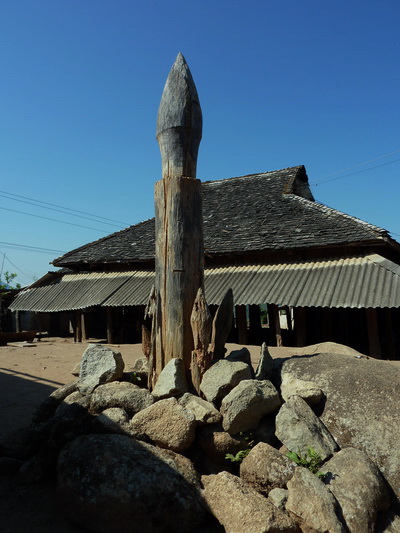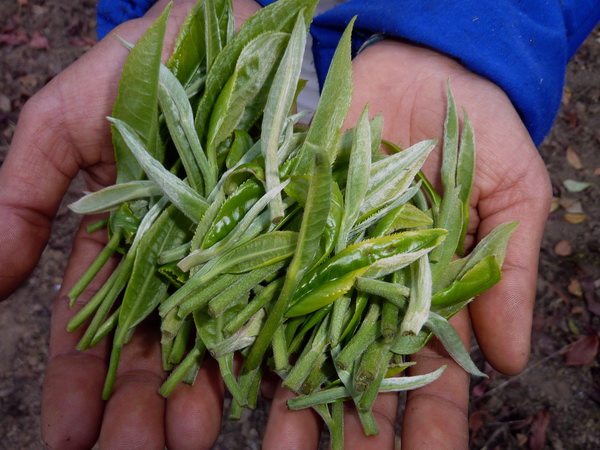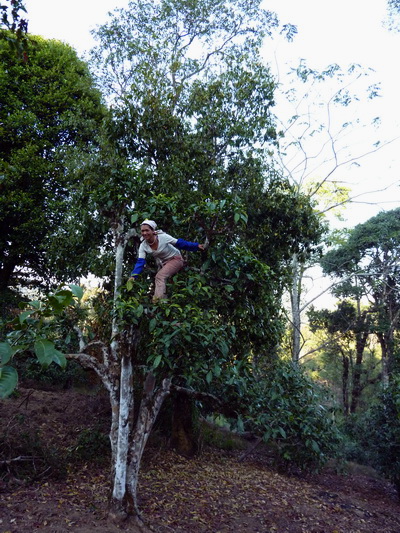Provenance
The issue of provenance in Puer tea circles is a tricky one. That we be concerned with where our food and drink comes from is not irrational. Perhaps as a result of increasing industrialization, supermarkets, globalization, etc. in the latter half of the 20th C many western consumers became dissociated from the sources of their food. Provenance has been an aspect of the wider ‘real food’ (organic/fair-trade/slow food, etc.) movement. Knowing where something comes from, how it was made, who it was made by is important to us.
It appears there is some kind of correlation between price, provenance and expectations. We are often willing to forfeit knowledge if the price is right. No one is going to ask where a 2€ bottle of ‘Vin de Table’ in Miniprix came from, but if one’s buying a nice ‘Cru Artisan’ Medoc from a vintners one may well want to know the who, when, what, where, etc.
Also, nobody in their right mind is going to ask where say, Dayi 7552 or Menghai 7572 comes from. They probably couldn’t tell you anyway without looking it up in a book as these are blended teas from a variety of sources. But with small producers this question becomes relevant and, to varying extents, important. A small producer (particularly if they are lacking a reputation) who neglects or declines to state the origins of their tea is typically seen as suspect, which may be valid if a little irrational.
The error here is twofold;
1. Assuming larger producers are the best upholders of standards.
2. Assuming that small producers are not easily capable of producing better tea than the large name-brands.
One problem with Yunnan’s Puer tea is that the government and tea industry are a long way from achieving the kind of controls that the French government has in place for wine -there is currently some semblance of nomenclature according to regions/mountains but it’s not regulated and it’s far from water-tight. *
There are some generalizations that can be made about teas from different mountains, different seasons, etc. but within that there are seemingly infinite variations. So, one may have an understanding of what Yiwu tea normally tastes like, but it’s broad, and there are always going to be teas that defy the norm. The reality is there are fairly few people, even after years of experience, who on inspecting and tasting a Raw Puer can tell with any degree of accuracy where it came from. There are people who have a profound knowledge of the teas from one, two, three areas, but rarely all of them.
Let’s take an example: Borne out of curiosity or the belief that you can circumvent the ‘middlemen’ many a Puer merchant or enthusiast’s dream is to go into the mountains to find their own maocha and press it into cakes or whatever. This, on the face of it seems feasible. Since it’s easily accessible, many people will head for Nan Nuo Shan where there is a long tradition (a thousand years or more) of Aini tea cultivation but, possibly because of their location, they are also rather adept business people.
Some villages in Nan Nuo Shan will take in tea from other villages on the mountain which they then sell on to outsiders. So in this case one might go to a village and assume that the tea was from that village, but quite likely it would be a blend from a variety of sources. All of this is without considering different types of tea trees: Ancient trees, Old trees, Tea bushes, that might be in the mix.
Nan Nuo Shan’s tea farmers will also trade with farmers from other areas so it is quite possible that if one went on-spec and was not paying attention, one could unwittingly buy some tea that was from somewhere else all together. It wouldn’t make it bad tea. It might be very good tea, but it wouldn’t be Nan Nuo Shan tea. One of course would put one’s hand on one’s heart and say it was just that, after all, that’s where you bought it.
So does this matter? Well, it does and it doesn’t: One hopes that everyone is honest about where their tea comes from, but part of the loss of confidence in Puer a few years ago was precisely because it was found that people were passing tea off as coming from places other than where it actually came from, mostly with the aim of getting a higher price. But that aside, if one buys tea under the impression that it comes from Ban Po Lao Zhai but it actually comes from Ban ma, one hasn’t been badly duped, but if one then drank some Ban Po Lao Zhai tea one might, assuming one can tell the difference between the two, be unsure who to believe, this guy, or the last guy. Lao Ban Zhang is similar: Lao Ban Zhang and He Kai Shan are both considered to produce Lao Ban Zhang tea, but they are quite different. So within the broader nomenclature of Nan Nuo Shan or Lao Ban Zhang there are many variations. Both of these by the way, despite their obvious differences, could also be called ‘Menghai’ teas as both mountains are in Menghai County. There are a couple of reasons why someone may refer to their tea as Menghai tea:
1. They believe it be very good tea and want to try to limit others from figuring out exactly where it came from
2. They can’t tell you anything more precise about it – mostly likely because it’s a blend.
Looking at the tea and drinking it will confirm which is the case.
So the far more important question to which “Where’s it from?” is secondary is “Is it good tea?”. Or perhaps “Is it a good example of ‘Whatever Mountain’s tea?” The first question is easily within any interested tea drinkers reach. The second accessible to a much smaller number of people who will likely focus their attention on one or two tea mountains and explore them thoroughly in order to get a deep understanding of their teas.
*In recent years apparently, some small French wine producers have bucked the system in preference for their own standards which they believe to be higher than those stipulated by the government. Lack of classification doesn’t always mean a poor product – indeed, these wines can bring a higher price than those with a seemingly more prestigious classification.
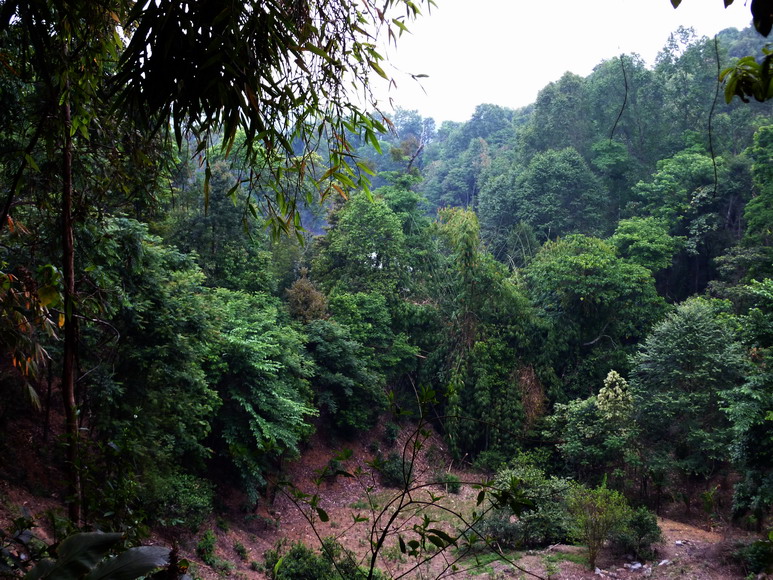

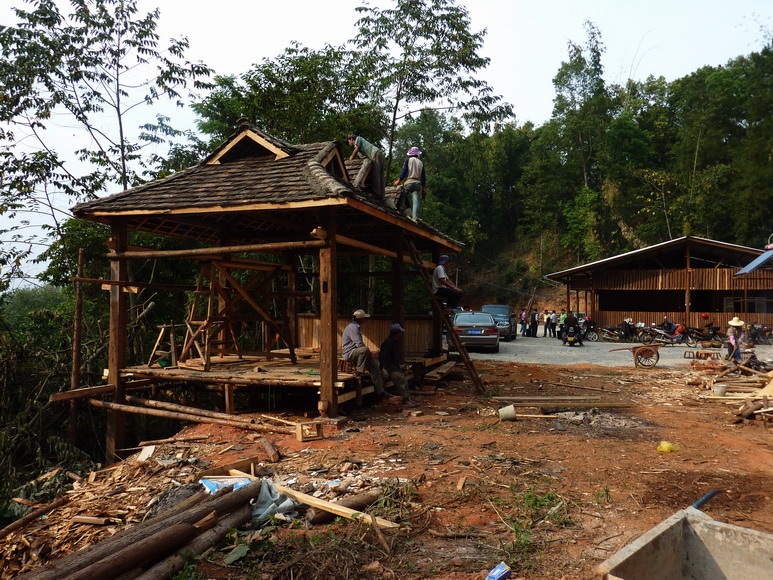
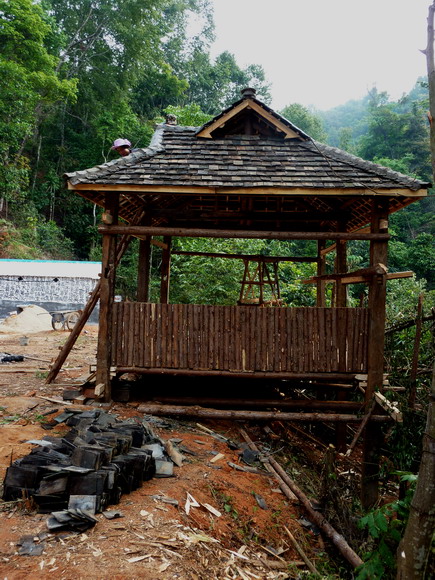
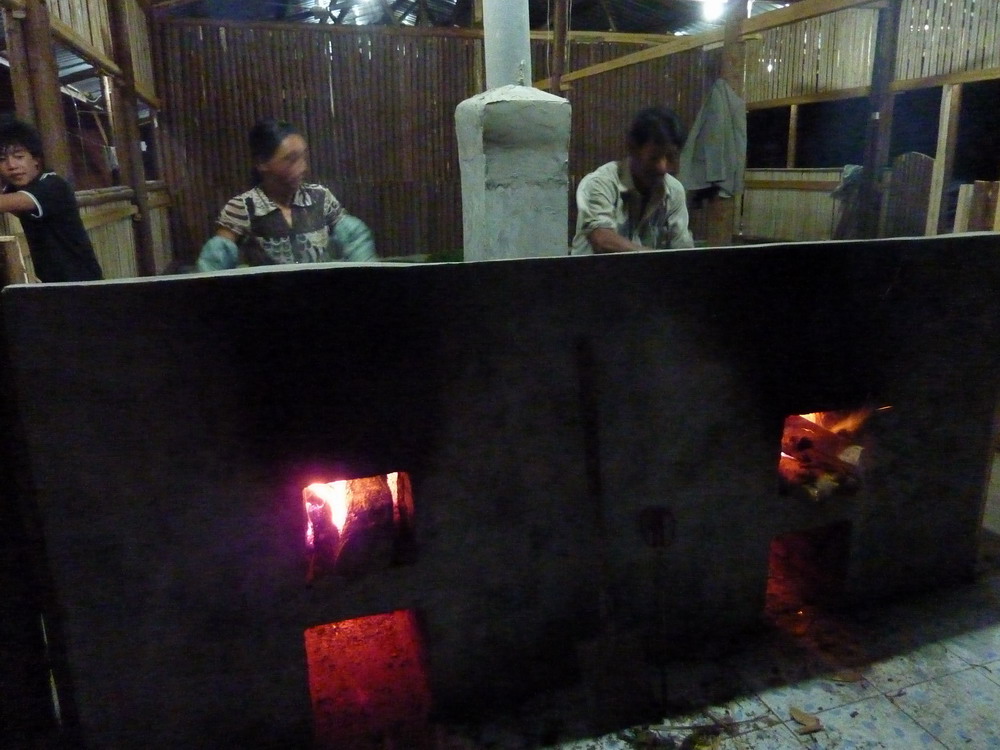
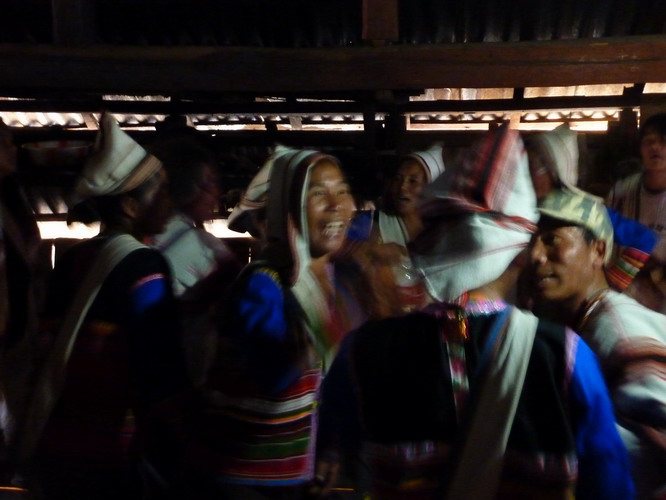
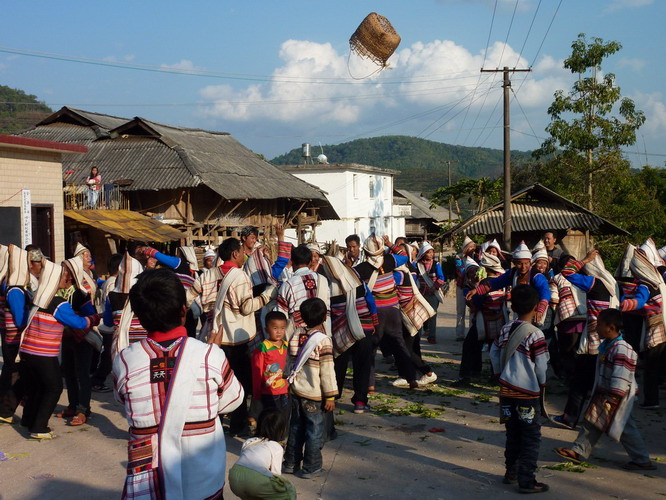
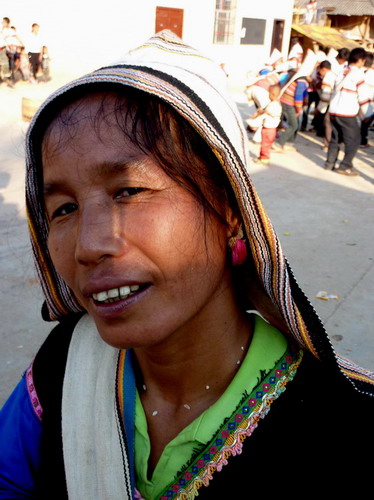
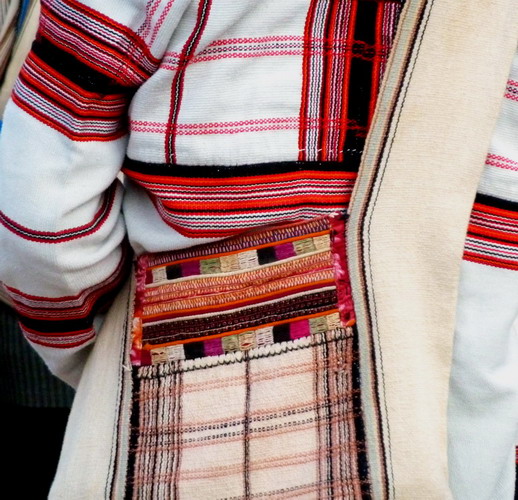
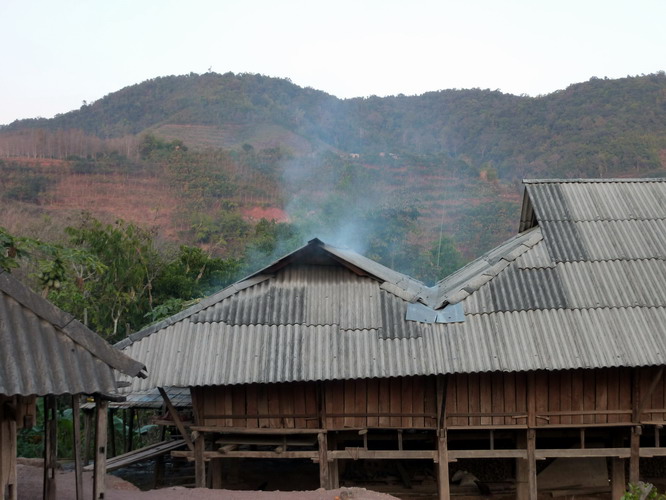
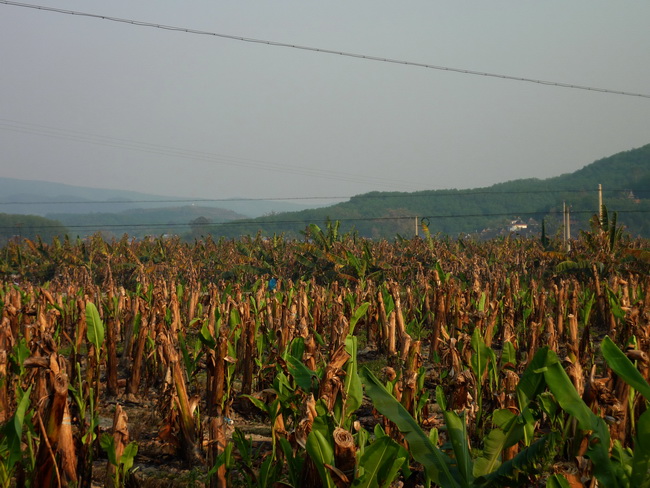
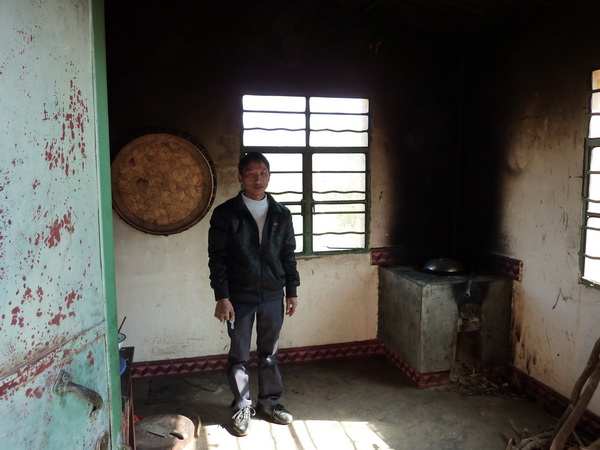 Well, no. He’s actually the teacher in a village school in Bulang Shan. The school has one classroom, a kitchen and an office-come-bedroom.
Well, no. He’s actually the teacher in a village school in Bulang Shan. The school has one classroom, a kitchen and an office-come-bedroom.